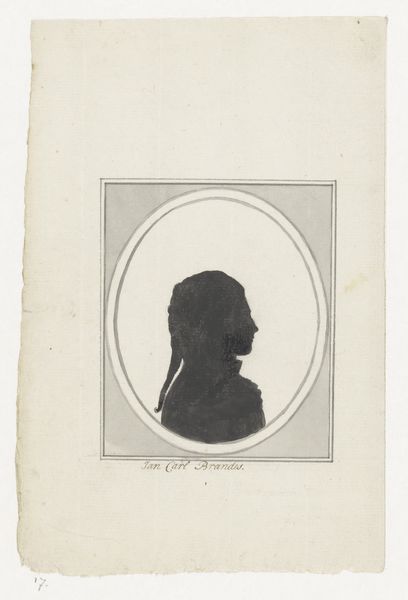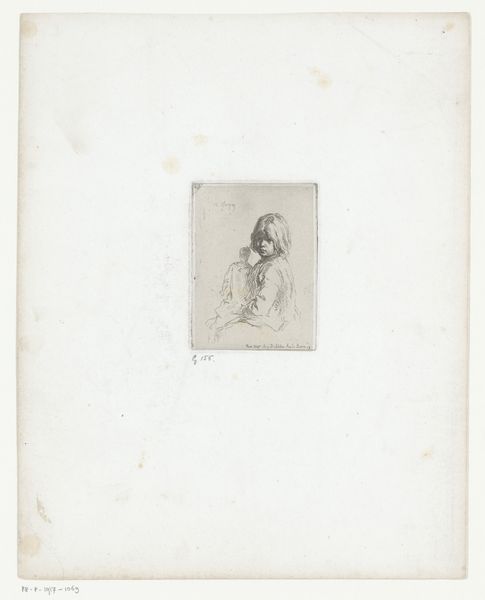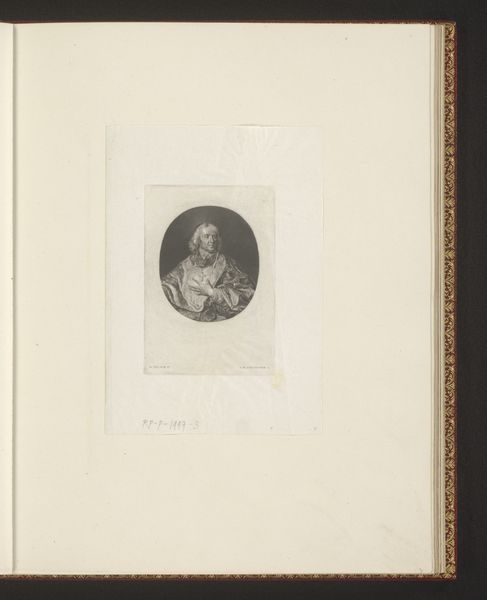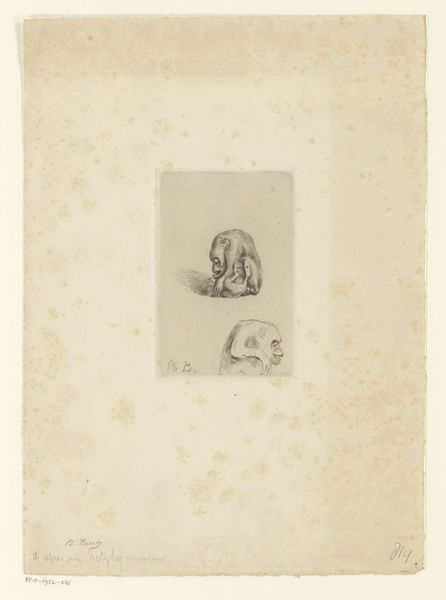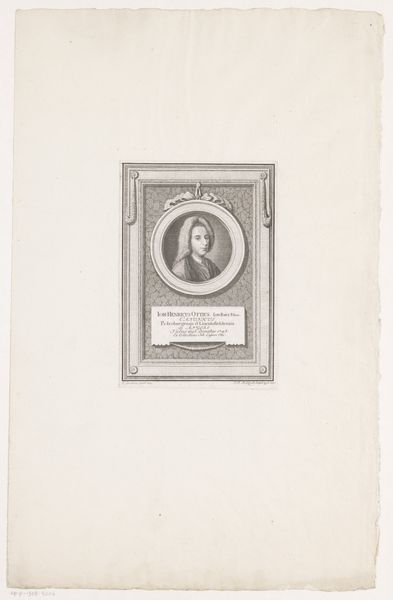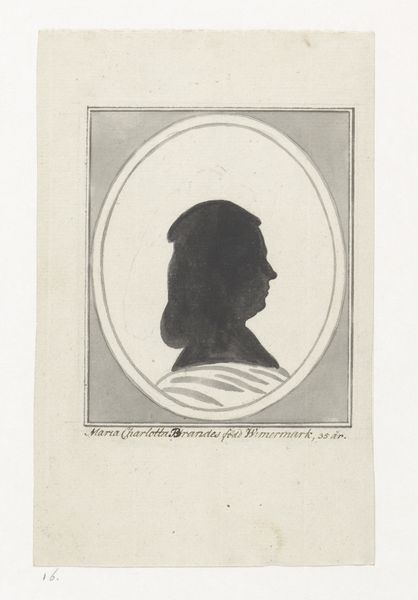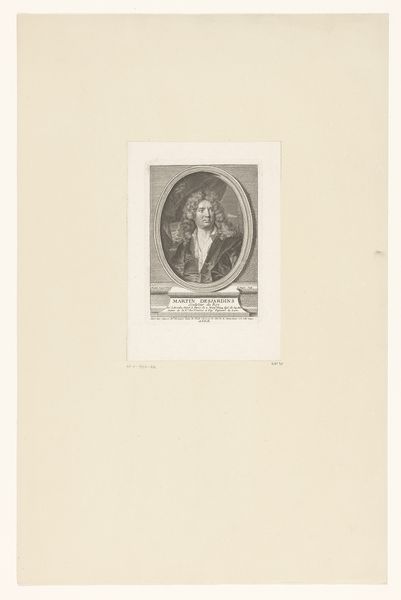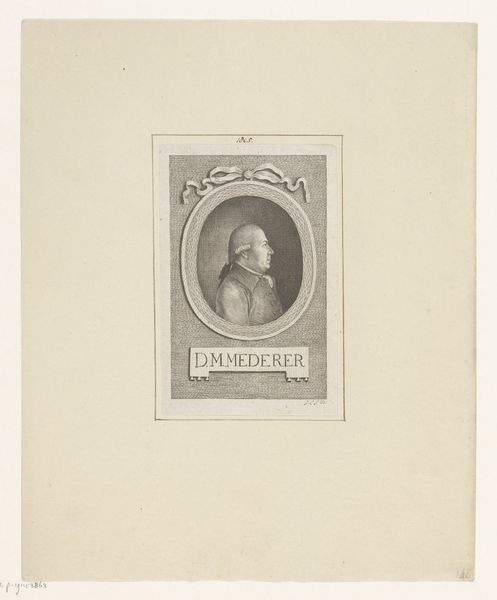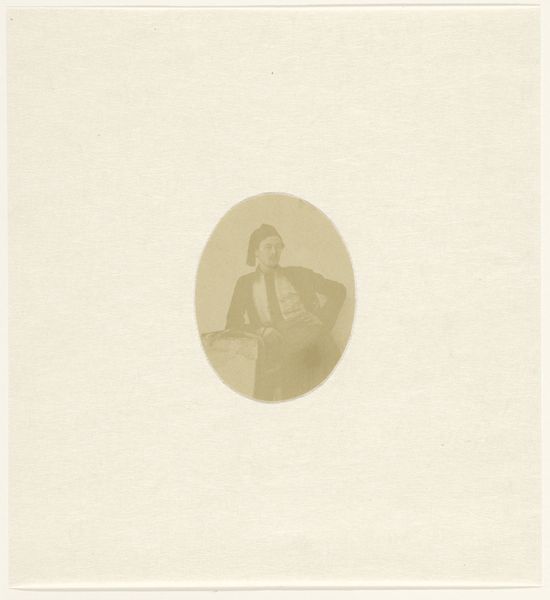
drawing, print, graphite, engraving
#
portrait
#
white colour balance
#
photo of handprinted image
#
drawing
#
neoclacissism
#
aged paper
#
pale palette
#
pale colours
# print
#
light coloured
#
repetition of white
#
white palette
#
white balance
#
graphite
#
repetition of white colour
#
engraving
Dimensions: height 90 mm, width 60 mm
Copyright: Rijks Museum: Open Domain
This is Friedrich August Brückner’s portrait of Heinrich Gottlieb Tzschirner, made with etching. It is a fascinating example of early 19th-century German portraiture, capturing not just an individual likeness, but also a sense of the sitter’s social standing. Notice the man’s attire and the formal composition. These are visual cues that signal Tzschirner’s position within the social hierarchy of his time. Germany in the early 1800s was undergoing significant social and political upheaval, with the rise of nationalism and challenges to traditional authority. It is important to consider how such societal shifts might have shaped the production and reception of art. Looking closely at the institutions that supported artists like Brückner can tell us a lot about the role of art in shaping public opinion. To gain a deeper understanding of this portrait, we can consult historical records, letters, and publications from the period. By examining the social conditions of artistic production, we can better appreciate the meanings art held.
Comments
No comments
Be the first to comment and join the conversation on the ultimate creative platform.

